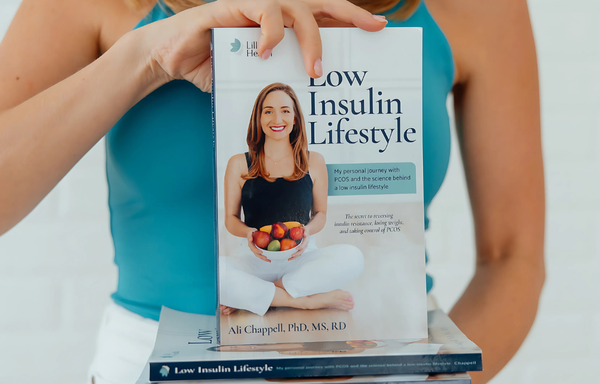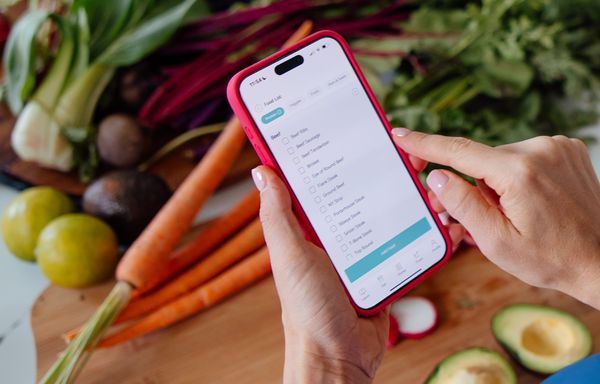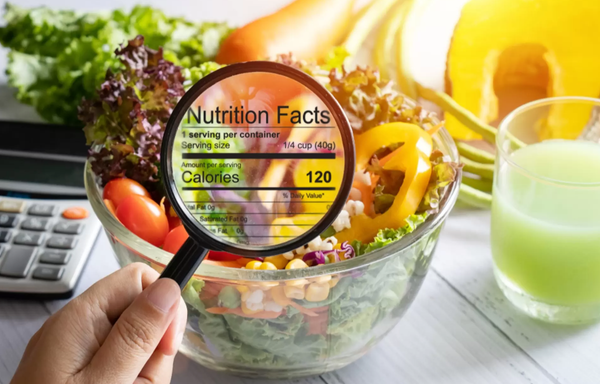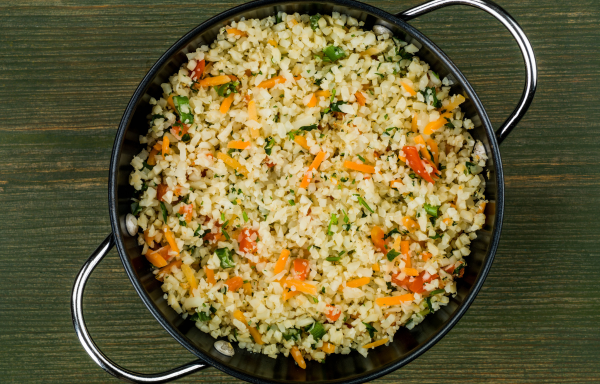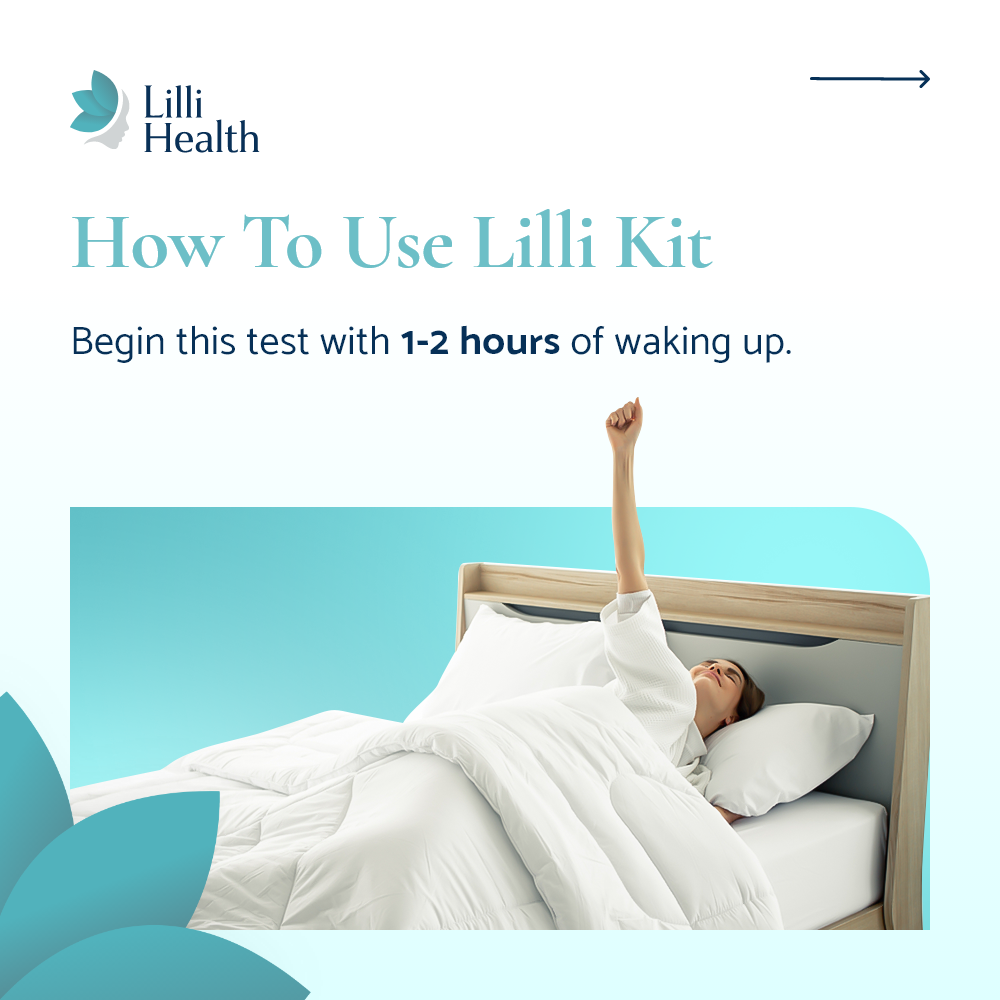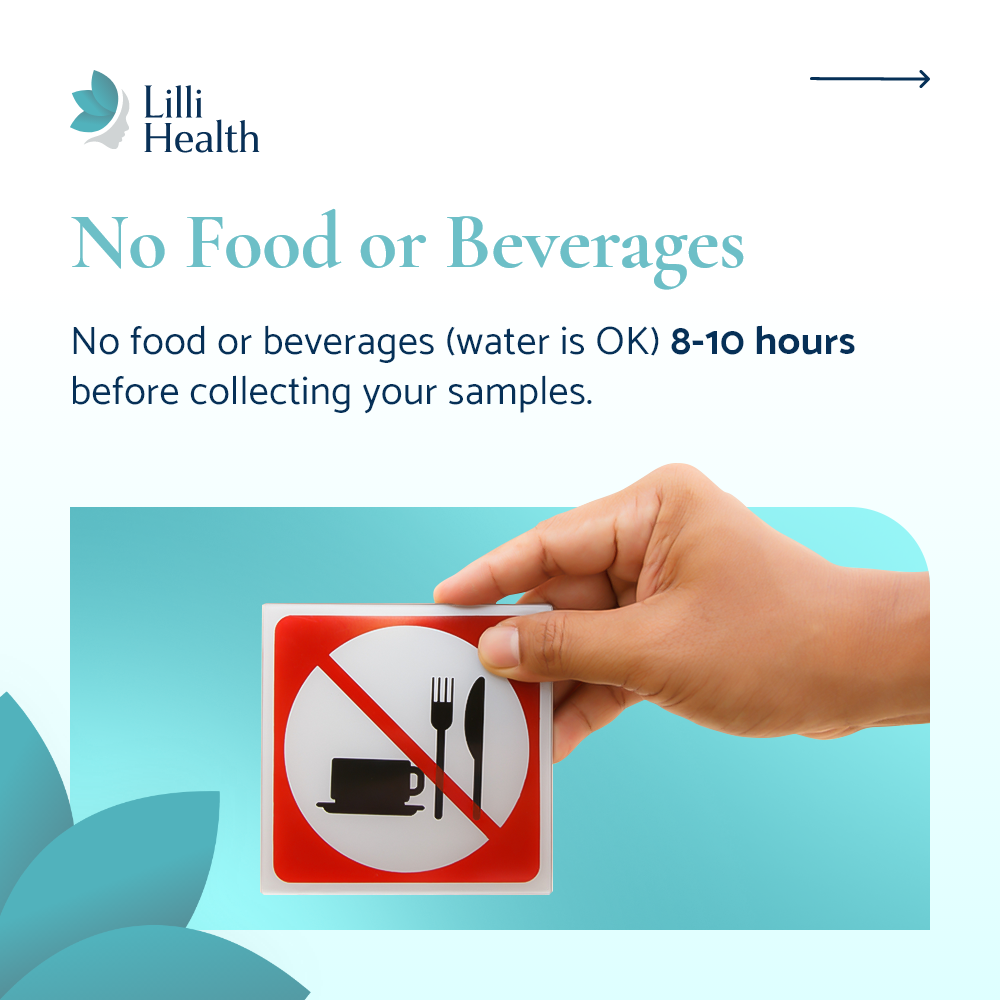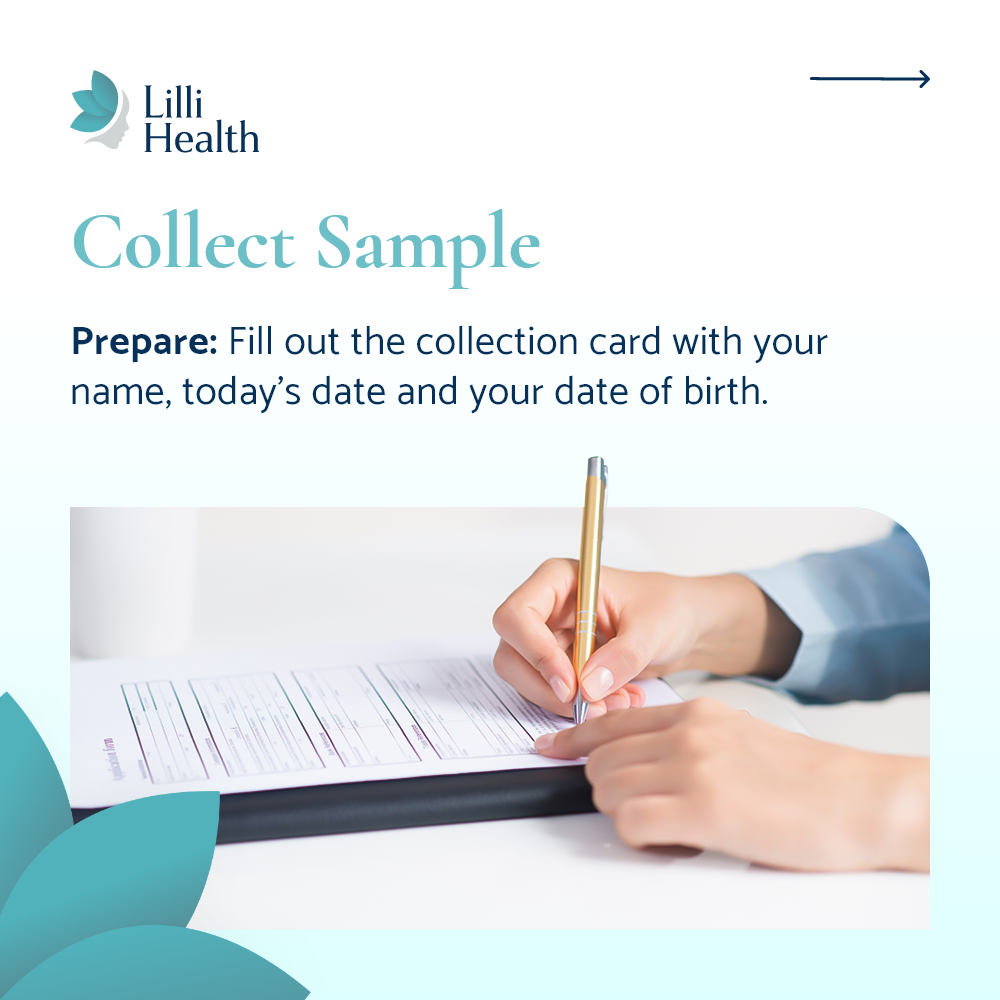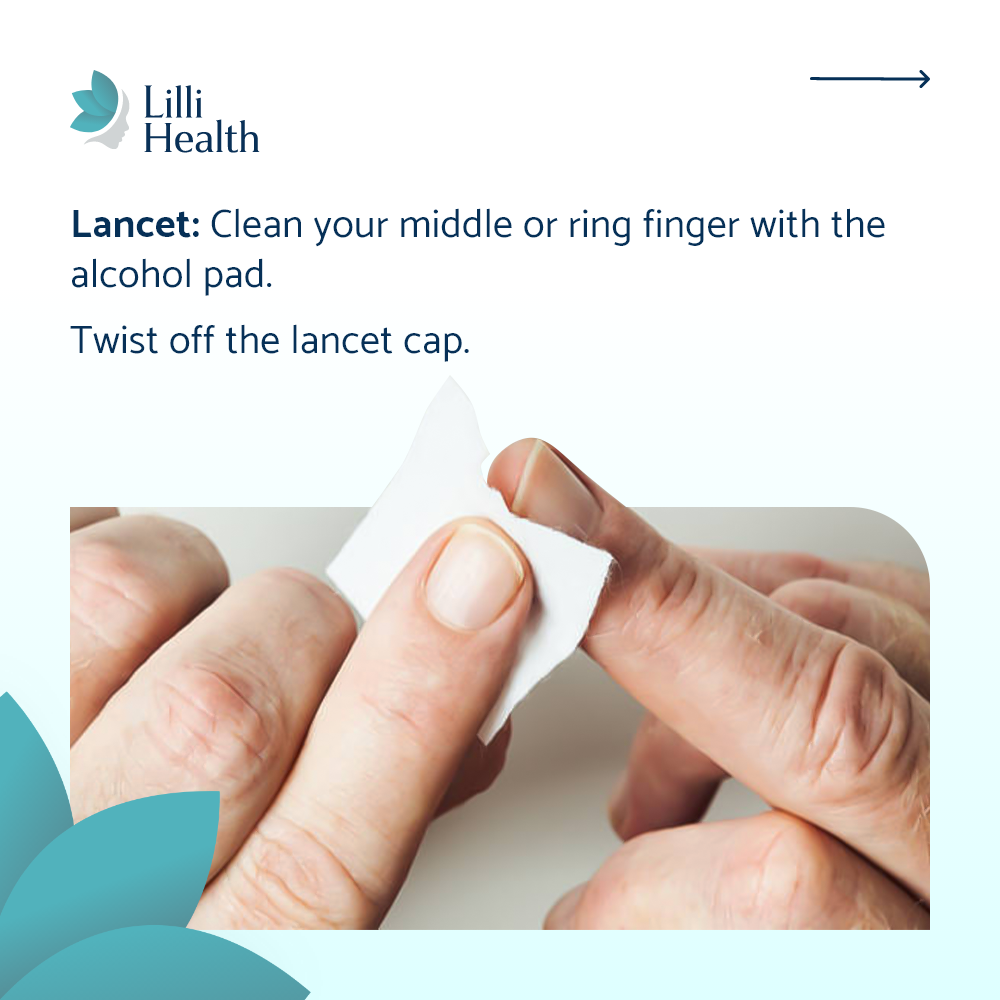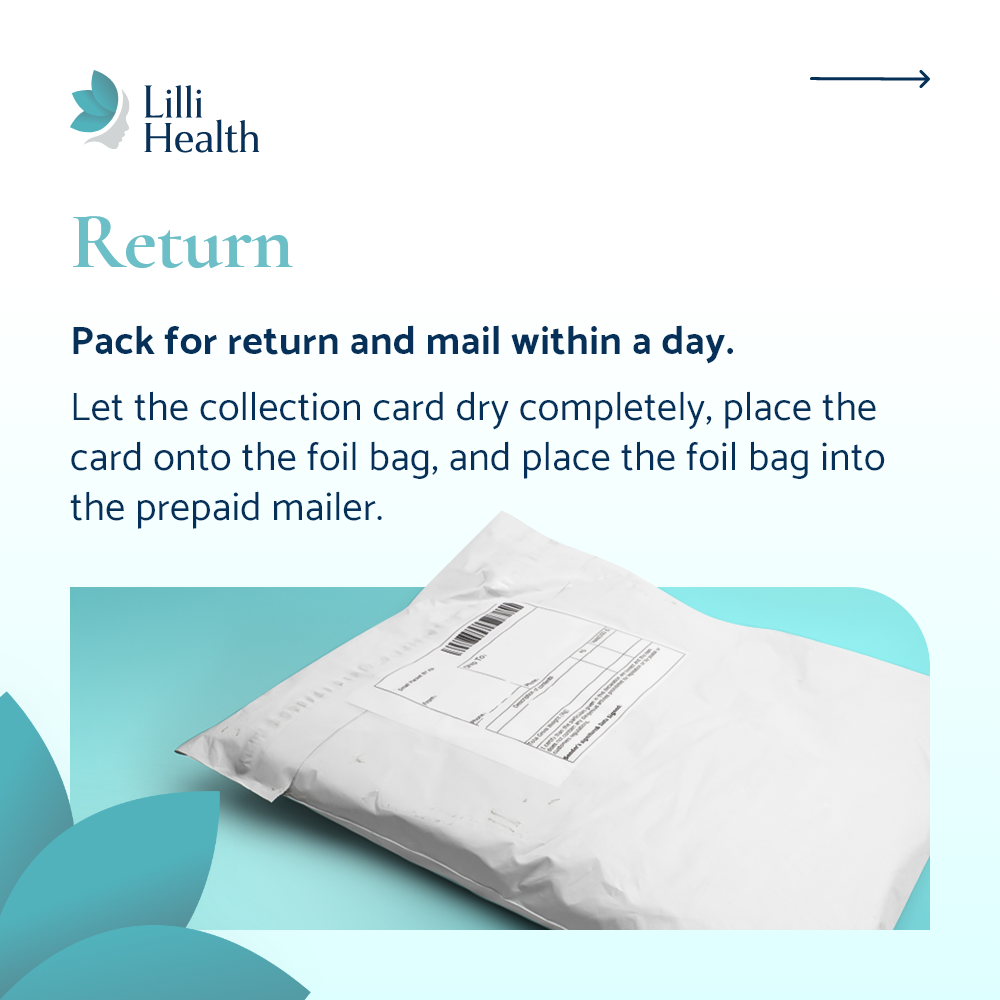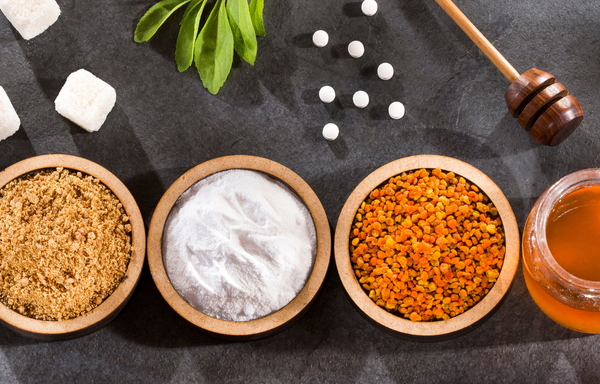

The Truth About Sweeteners: The Bad, the Good, and the Best
When choosing a sweetener, it’s easy to fall into the trap of thinking that natural means better. But the reality is, sugar is sugar—whether it comes from a maple tree, a coconut flower, or a sugar cane. Even some of the so-called “healthy” sweeteners can be just as bad, if not worse, than plain table sugar.
On the other hand, artificial sweeteners may not raise blood sugar, but they come with their own set of concerns. And while sugar alcohols and other low-calorie sweeteners seem like good alternatives, they’re not all created equal.
So, let’s break it down:
The Bad: Processed and Natural Sugars
Table Sugar (Sucrose)
Sucrose, or table sugar, is made up of 50% glucose and 50% fructose. Glucose spikes blood sugar and insulin immediately, while fructose is processed in the liver, where it can be converted into fat if consumed in excess. This combination is the reason sugar is a major driver of insulin resistance.
High-Fructose Corn Syrup (HFCS)
HFCS is found in sodas, processed foods, and even “healthy” granola bars. The most common form is 55% fructose and 45% glucose—slightly higher in fructose than table sugar, making it even more problematic for metabolic health.
Agave Nectar: Worse Than HFCS
Marketed as a “healthy alternative,” agave nectar is anything but. It’s almost all fructose—often 70-90% fructose compared to the 55% in HFCS. Because fructose does not spike blood sugar immediately, agave is marketed as “low glycemic,” but this is misleading. Fructose floods the liver and gets converted to fat, increasing the risk of insulin resistance, fatty liver disease, and metabolic dysfunction.
Maple Syrup
A favorite in the health and wellness space, maple syrup is often considered a better alternative to sugar because it contains minerals and antioxidants. However, at 50% glucose and 50% fructose, it is essentially just liquid sugar. While it may be “natural,” it still raises insulin and should be treated no differently than regular sugar.
Honey
Honey is another “natural” sweetener that is still mostly sugar. It contains 40% fructose and 30% glucose, with the remainder being water and trace amounts of nutrients. While raw honey has some antimicrobial properties, it still has a significant impact on insulin levels and should be consumed sparingly.
Coconut Sugar: Not Any Better
Coconut sugar is often promoted as a more natural sweetener with a lower glycemic index. However, it still consists of about 70-80% sucrose, meaning it contains nearly the same glucose and fructose breakdown as regular sugar. It may have small amounts of minerals, but at the end of the day, it’s still sugar and will raise insulin levels.
The Good: Sugar Alcohols and Stevia
While sugar alcohols and plant-derived sweeteners don’t have the same impact on blood sugar as traditional sugar, they’re not without their downsides.
Sugar Alcohols: The Gray Area
Sugar alcohols, also known as polyols, are carbohydrates that are only partially absorbed by the body, leading to a lower blood sugar impact. However, their digestion can cause bloating and discomfort for many people.
- Erythritol – The most well-tolerated sugar alcohol, as it is absorbed into the bloodstream and excreted in urine without being metabolized. However, recent studies suggest excessive intake may be linked to increased cardiovascular risk in those already at risk.
- Xylitol – Found in sugar-free gum, xylitol has minimal impact on blood sugar but can cause bloating. It is also highly toxic to dogs.
- Maltitol & Sorbitol – Common in sugar-free candies, these have a noticeable effect on blood sugar and often cause digestive distress.
Stevia: Natural but Not Perfect
Stevia is derived from the Stevia rebaudiana plant and has been used as a sweetener for centuries. It has zero calories and does not raise blood sugar or insulin levels. However, some research suggests excessive stevia consumption may impact gut microbiota and reproductive hormones.
While sugar alcohols and stevia are better than sugar, they should still be used in moderation.
The Best: Allulose and Monk Fruit
Allulose: The Closest to Sugar Without the Downside
Allulose is a rare sugar found in small amounts in foods like figs and raisins. Unlike regular sugar, allulose is not metabolized for energy and is mostly excreted from the body, meaning it has minimal impact on blood sugar and insulin.
- Tastes and behaves like sugar – Can be used in baking without the weird aftertaste of some other sweeteners.
- No digestive issues – Unlike sugar alcohols, it does not cause bloating or gastrointestinal discomfort.
- May have health benefits – Some studies suggest allulose can be health promoting.
Monk Fruit: A Natural Zero-Calorie Sweetener
Monk fruit extract is derived from the luo han guo fruit and contains natural compounds called mogrosides, which provide sweetness without raising blood sugar or insulin.
- 100-250 times sweeter than sugar – Requires very small amounts to sweeten foods.
- No known negative health effects – Monk fruit has been used in traditional Chinese medicine for centuries.
- Often mixed with erythritol or allulose – Some monk fruit products contain sugar alcohols, so check labels if you don’t tolerate sugar alcohols.
Final Thoughts: Choose Wisely
If you’re looking for a sweetener that won’t spike insulin, stick with allulose or monk fruit. Stevia and erythritol are decent choices in moderation, but they’re not perfect (although they are my personal favorites). And when it comes to “natural” sugars like honey, maple syrup, or coconut sugar—don’t let the marketing fool you. They’re still sugar.
